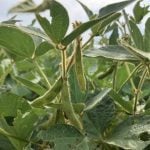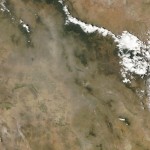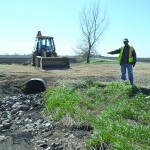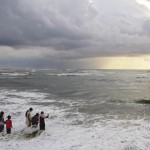In this third letter from Northern Blossom Farms, Gary Martens discusses ways to keep trees on the landscape.
In my first letter I advocated integrating livestock and crops for the synergistic benefits of both components to the farming system. In the next letter, I discussed my crop rotation which includes perennials but is still based mainly on annual crops. In this letter, I want to propose the integration of trees as a beneficial






